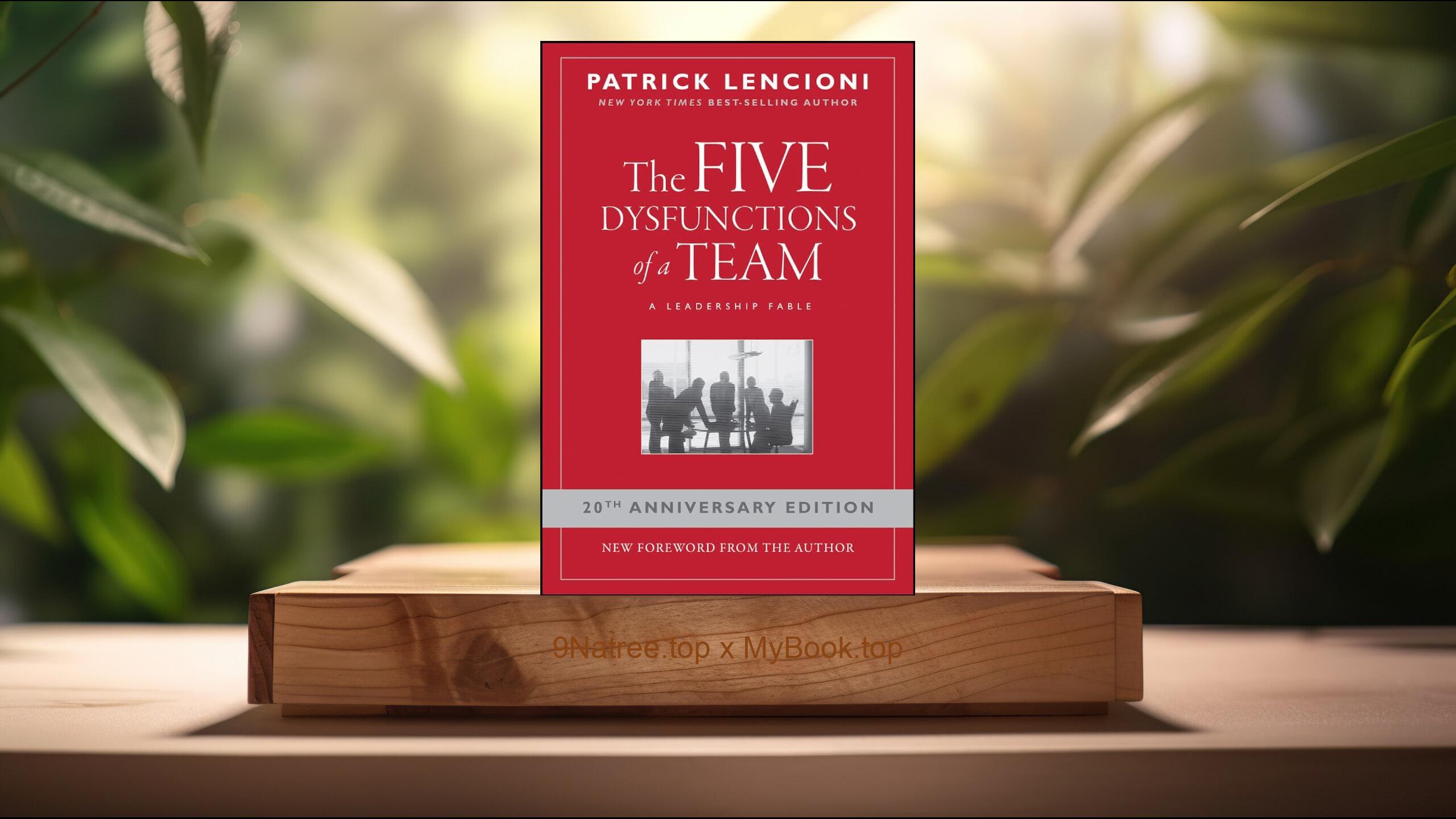Show Notes
Amazon Books: https://www.amazon.com/dp/B093Y3N433?tag=9natree-20
Apple Books: https://books.apple.com/us/audiobook/crucial-conversations-tools-for-talking-when-stakes/id1643473832?itsct=books_box_link&itscg=30200&ls=1&at=1001l3bAw&ct=9natree
Read more: https://mybook.top/read/B093Y3N433/
#effectivecommunication #conflictresolution #emotionalintelligence #activelistening #persuasionskills #constructivedialogue #CrucialConversations
These are takeaways from this book.
Firstly, The Foundations of Dialogue, In 'Crucial Conversations', the foundation is laid by emphasizing the fundamental principles of effective dialogue. These include the importance of safety in conversation, where both parties feel free to express their opinions without fear of retaliation or ridicule. The book elaborates on techniques to create a safe environment, such as mutual respect and a mutual purpose. Understanding the purpose behind what we or others communicate plays a crucial role in navigating the conversation towards a positive outcome. This section guides readers on recognizing when a conversation becomes crucial and preparing oneself mentally and emotionally to approach it constructively.
Secondly, Mastering Emotions, Mastering emotions is highlighted as a pivotal aspect of handling crucial conversations effectively. Grenny points out that our emotions can often hijack our intentions, leading to undesirable outcomes. The book provides insights into self-awareness, the ability to understand and manage one's own emotions, and empathy, the skill of recognizing and resonating with the emotions of others. Various strategies are discussed, including pausing before responding to allow emotional intelligence to guide our reactions and asking open-ended questions to understand the perspective of the other person better. Learn how to keep your emotions in check to maintain the focus and direction of the conversation.
Thirdly, Listening Skills, Active listening is a skill that 'Crucial Conversations' emphasizes as essential for any meaningful dialogue. It involves more than just hearing the words being said; it means genuinely understanding the message behind the words. Strategies like mirroring the speaker's words, summarizing what was said to confirm understanding, and encouraging the sharing of thoughts and feelings are discussed. This segment of the book teaches readers how to be present in the conversation, showing respect and empathy towards the speaker, which in turn encourages openness and honesty, crucial for resolving difficult issues.
Fourthly, Speaking Persuasively, Speaking persuasively is not about manipulating the other person; it’s about expressing your views in a way that is clear, concise, and compelling. Grenny introduces techniques for effective persuasion, including stating your facts clearly, linking your feelings and thoughts to these facts, and articulating the exact outcomes you desire. This approach helps avoid misunderstandings and presents your case in a way that is most likely to be heard and understood. Readers learn the importance of speaking in a way that respects the other’s opinion and perspective, paving the way for a mutually beneficial outcome.
Lastly, Moving to Action, One of the most critical aspects covered in 'Crucial Conversations' is moving the conversation from dialogue to action. It’s essential not just to talk but to lead the conversation towards constructive resolution. The book discusses deciding on mutual purposes, creating a clear plan, and establishing accountability. It focuses on ensuring that once a conversation is had, it results in actionable steps that are understood and agreed upon by all parties involved. This guarantees that the conversation has a tangible and positive effect on the situation at hand.
In conclusion, Crucial Conversations: Tools for Talking When Stakes are High, Third Edition, is indispensable for anyone looking to navigate high-stakes conversations effectively. Joseph Grenny provides practical, evidence-based strategies that can transform the quality of your personal and professional relationships. This book is particularly beneficial for leaders, managers, and anyone who finds themselves frequently in situations where the outcomes of conversations can have significant impacts. By applying the principles taught, readers can expect not only to see improvements in their communication skills but also in their ability to influence situations positively. In a world where conversations can shape the trajectory of our lives, having the tools to approach them wisely is invaluable.
![[Review] Crucial Conversations (Joseph Grenny) Summarized](https://episodes.castos.com/660078c6833215-59505987/images/1748933/c1a-085k3-7nq0pdrzcgoj-qtnqb9.jpg)




